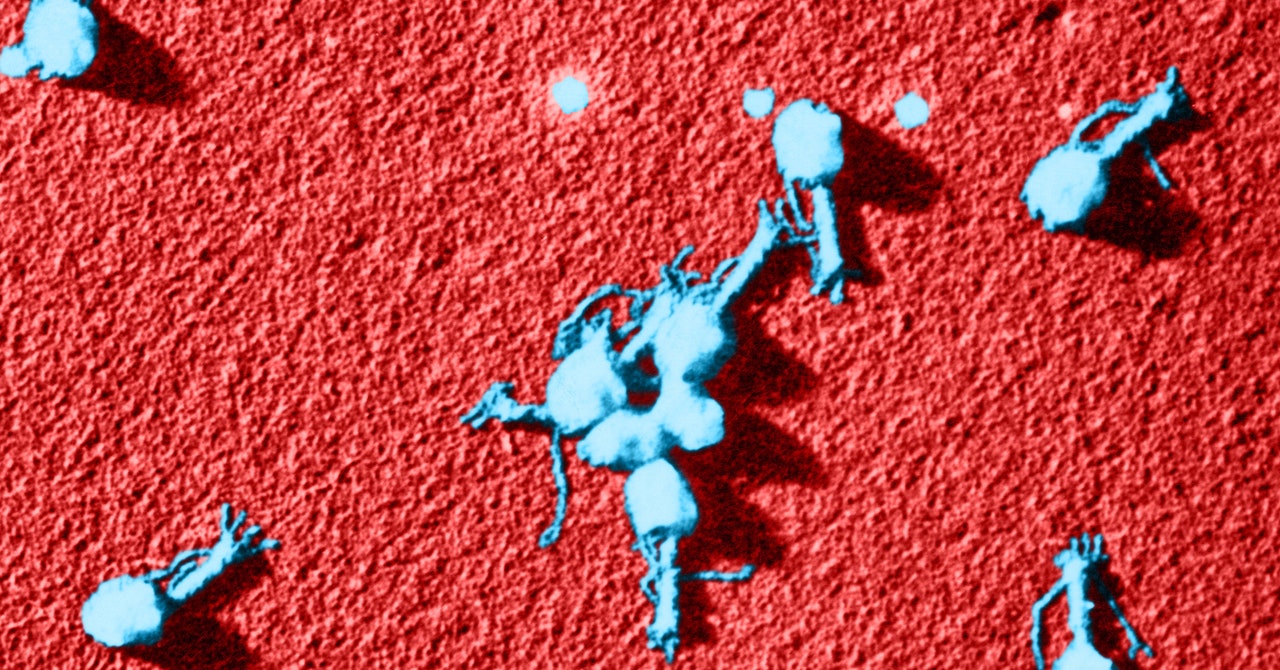
In 2015, Steffanie Strathdee, distinguished professor of medicine and associate dean of global health sciences at the University of California, San Diego (UCSD), was confronted with an antimicrobial-resistant infection the likes of which she had never come across. The patient involved was a man who had developed pancreatitis, an inflammation of the pancreas, but further investigation revealed this was just the tip of the iceberg. A CT scan revealed a large pseudocyst—a sac inside the man’s abdomen—that had likely been there for months. The pseudocyst had offered a perfect environment to harbor bacteria, and it had become home to a particularly nasty bug: a multidrug-resistant strain of Acinetobacter baumannii, a bacterium that tops the World Health Organization’s priority list of pathogens for which new antibiotics are critically needed.
In this case, the infection was resistant to almost all antibiotics, with just partial sensitivity to a few “last-resort” drugs that are reserved for the most serious resistant infections and come with the risk of hefty side effects. Faced with an infection that was rapidly getting worse, Strathdee was desperate to find a solution that might save the man’s life. It was particularly crucial to her because this wasn’t just any patient. It was her husband.
Strathdee and her husband, Thomas Patterson, had been on holiday in Egypt when things had started to go wrong. They’d just enjoyed a final dinner on their trip, a romantic meal under the stars aboard a cruise ship on its way to Luxor, when Patterson had begun to feel unwell. He then vomited through the night. “I just thought he had food poisoning, and I was a bit annoyed because he was keeping me up,” Strathdee says. But as the night turned to morning and Patterson’s condition worsened, a trip to the local clinic resulted in the diagnosis of acute pancreatitis. Patterson was medevaced to Germany, where the pseudocyst was discovered—about the size of a football and full of murky brown liquid, indicative of a microbial infection. A sample was cultured, and the results were even more worrying: A. baumannii.
For Strathdee, the implications of the test results were not immediately apparent. An epidemiologist rather than a medical doctor, she recalled studying A. baumannii during her undergraduate microbiology training decades previously. Back then, she says, it was seen as a “really wimpy organism.” But with antimicrobial resistance on the rise, A. baumannii has evolved into a much more dangerous threat. In the US, it has gained the nickname “Iraqibacter” because of its prevalence among wounded soldiers who have picked up infections while serving in Iraq and other Middle Eastern countries. The reason it is such an urgent threat is because it is particularly adept at gaining resistance via multiple mechanisms—including through plasmids, DNA molecules that bacteria pass between one another—meaning many infections are multidrug-resistant or even pandrug-resistant. “I consider it something of a bacterial kleptomaniac,” Strathdee says. “It’s really great at stealing antimicrobial resistance genes from other bacteria and the environment.”
An antibiotic sensitivity test revealed that Patterson’s infection was indeed highly drug-resistant. Patterson was ultimately medevaced back to San Diego, where he took up residence in the intensive care unit. In one sense, Strathdee and Patterson had everything on their side: They were back on home turf, and the leading experts treating Patterson’s infection were not just colleagues but friends. Robert “Chip” Schooley, head of infectious diseases at UCSD, had been offering advice from the onset of Patterson’s illness, first over the phone and then in person on their return. Yet with the infection becoming resistant to all antibiotics, there was not much to be optimistic about. The pseudocyst was still there, and Patterson was now so frail that surgery was not an option; without any drugs in their arsenal, there was too great a risk that the infection could get into the bloodstream.
Over the course of several months, he kept getting sicker. One of the drains placed in his abdomen to remove infected fluid slipped, and the bacteria spread to his bloodstream, causing him to go into septic shock. After that, the bacteria were everywhere; he was fully colonized. His organs began to fail and he was in a coma. Strathdee could barely believe it: Not so long ago he’d been climbing into pyramids and jumping onto boats, and now he was fighting for his life. “I’m an infectious disease epidemiologist, so it was really like God’s cruel joke,” she says.
With antibiotics offering no solution, Strathdee resolved to leave no stone unturned in trying to find a cure for her husband. “I did what anybody would do,” she says. “I hit the internet.”


